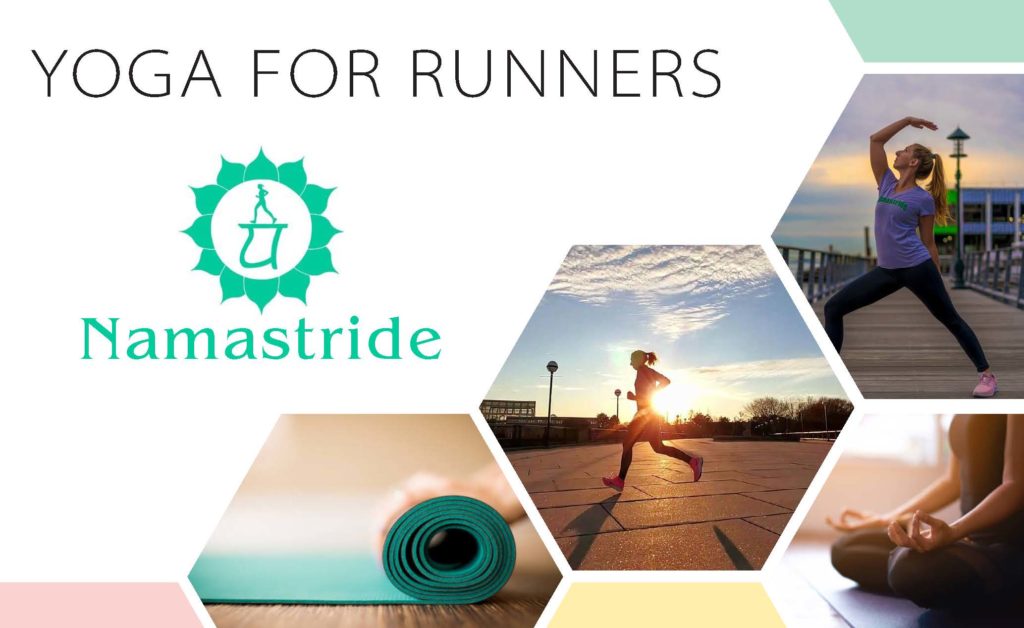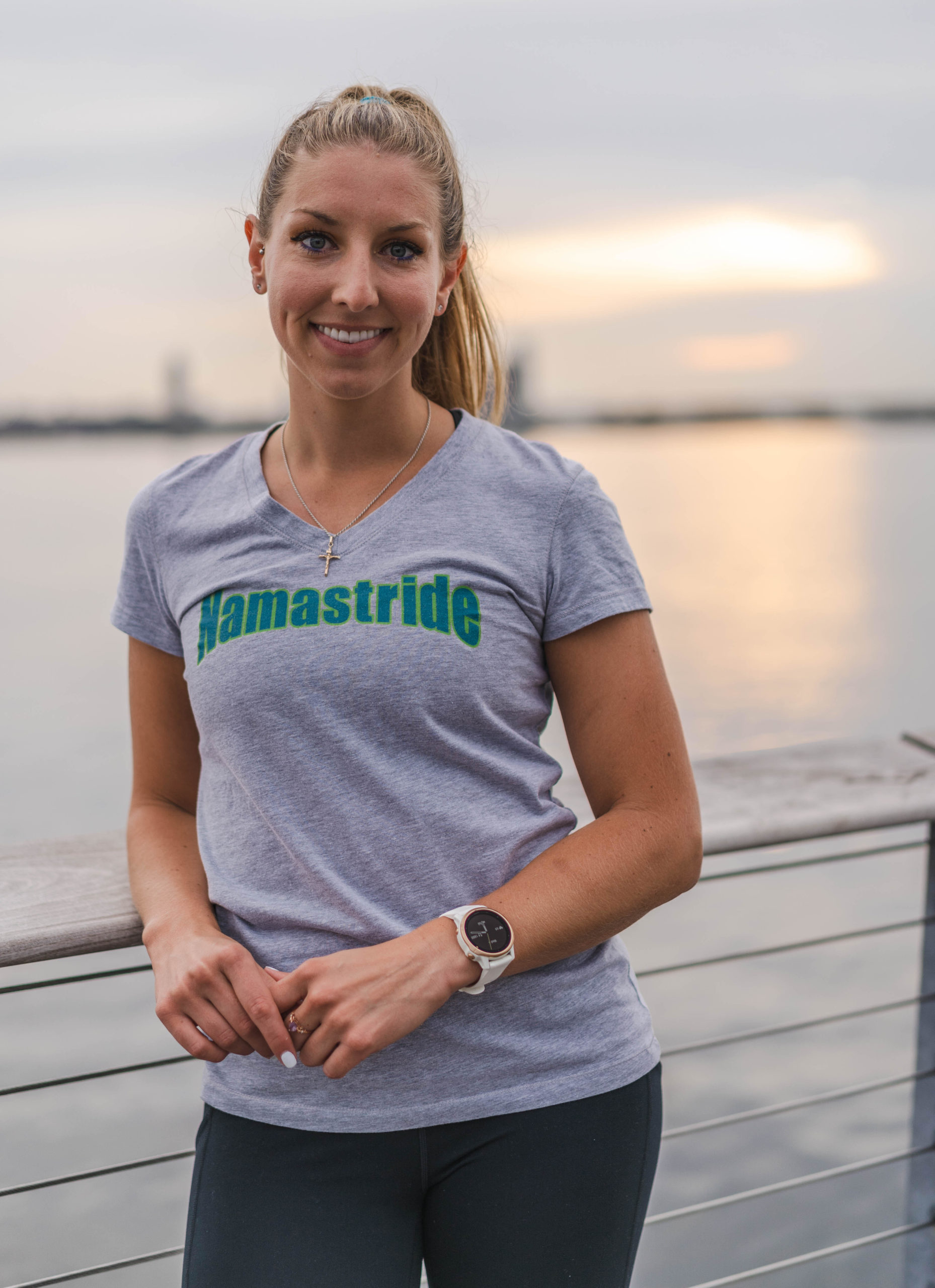Yoga Equipment For Beginners

From my experience, starting yoga can be intimidating. I know when I started, some of the questions I had were – “What beginner yoga equipment do I need? What beginner yoga supplies do I need?”
But, after practicing yoga for the past several years and becoming a teacher over two years ago, I now know what the best yoga equipment for beginners is, and I’m happy to say that it doesn’t need to be a large investment.
My Top 5 Yoga Equipment For Beginners List:
Mat
This is critical, and probably the biggest investment. There are many types on the market, and you can spend a small amount or a small fortune. When I started, I went to the store and grabbed a discount mat. It was good enough for yoga at home, but when I went to the studio, it wasn’t quite enough.
Some studios provide mats or allow you to rent them – this can be a great option to “try before you buy.” Many studios also have a small retail area where you can purchase a mat. I like cork or rubber, and I like thick mats. Similar to running, biking or swimming – at the end of the day, the best mat is the one you like!
Blocks
If you plan to practice at home, blocks are a great investment. If you still aren’t convinced you will be a regular yogi, thick books (Harry Potter is my favorite) or a can of disinfectant wipes can do the trick. Blocks are meant to support you in certain poses, bring the ground closer to you, and allow you to do poses that you might not have the flexibility to do on your own. As a runner, my hamstrings are very grateful when I use them!
If you plan to do yoga at the studio, most studios have blocks that you can use, so no need to buy or bring with you!
Straps
There are different kinds of straps, from about 6’-10’. If you’re exceptionally tall or exceptionally not tall, the 10’ or 6’ straps might be best. I have an 8’ strap, and I’m about 5’8” to give you a point of reference. A d-ring strap is great, because you can loop the strap through, allowing you to do more with a strap.
For the uncertain yogis, have no fear. A hand or bath towel can work most of the time. The only caveat is that you can’t loop the towel. The strap is similar to the block in that it can help you get into poses that you might not be able to otherwise. It can also be used to hold some very relaxing poses and help with posture!
As with blocks, studios typically provide straps, so no need to bring along with you. The nice thing is straps are small, so if you travel a lot, they can be an easy item to pack with you!
Bolster
This is a fancy way to say “pillow.” The main difference is the bolster’s shape and stiffness is designed for yoga, allowing it to properly support you. Bolsters are used primarily in restorative/relaxation poses.
Pillows can work, especially for beginners – but try to find one that doesn’t give. If you plan to go to the studio, they often provide bolsters for their classes, so no need to lug it around, although you never know when you might need to stop for a restorative yoga pose!
Positive Mindset
This isn’t truly equipment, but it is still essential. Yoga can be intimidating, but to be honest, most people are so wrapped up in what they are doing during a class that they pay no attention to you. If a yogi is judging another’s practice, that is on them. Yoga is something that should be accessible to all.
Yoga teachers love to share our knowledge, and unless I have somewhere I have to be right after a class, I love to chat with students. We are all beginners at some point. I remember the intimidation and lack of knowledge durng my first few classes. It’s okay! We are all learning, and I hope that you are inspired to learn more about becoming a yogi!
Watch the video so you can see what yoga equipment for beginners you should start with and then join us in class.

Dana is first and foremost a runner, having run 3 marathons and many half marathons. This love for running coupled with a few injuries led her to practice yoga. When she realized how much yoga improved her paces and diminished her aches and pains while running, she pursued her 200-hour yoga teaching certification, and she is now a Yoga Alliance certified yoga teacher. As a person with a day job, she focuses on helping the everyday runner feel good and enjoy running.








